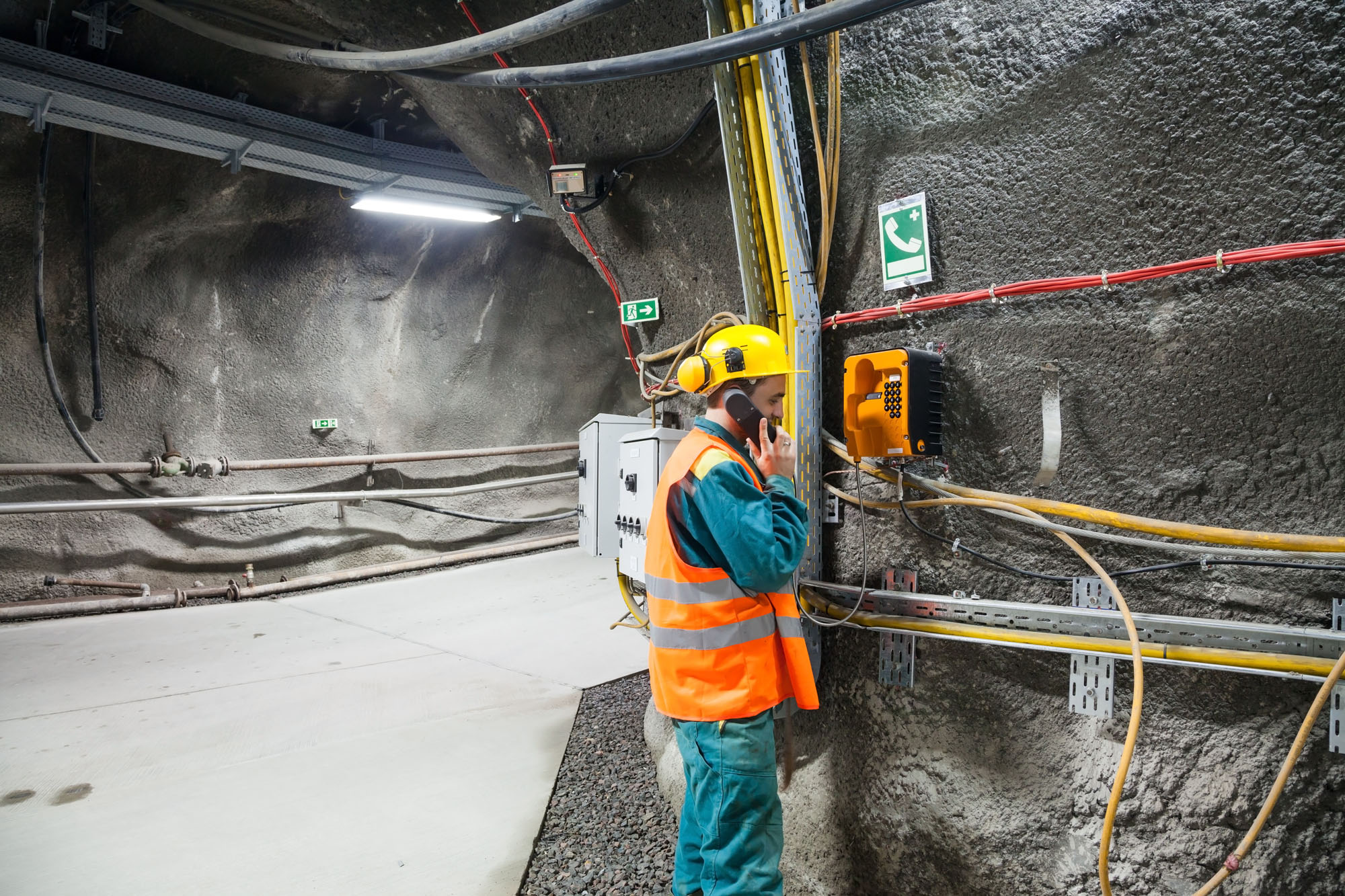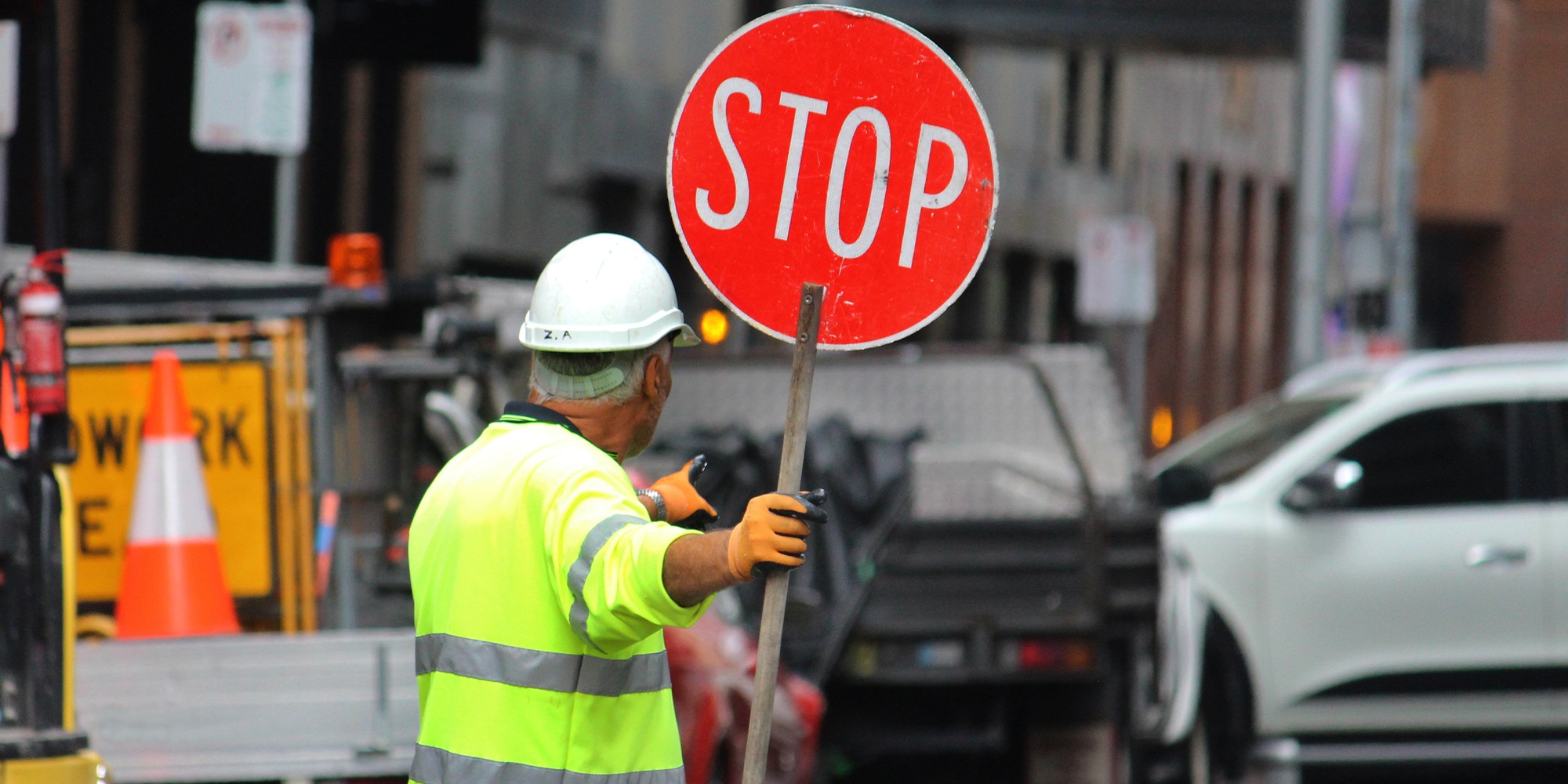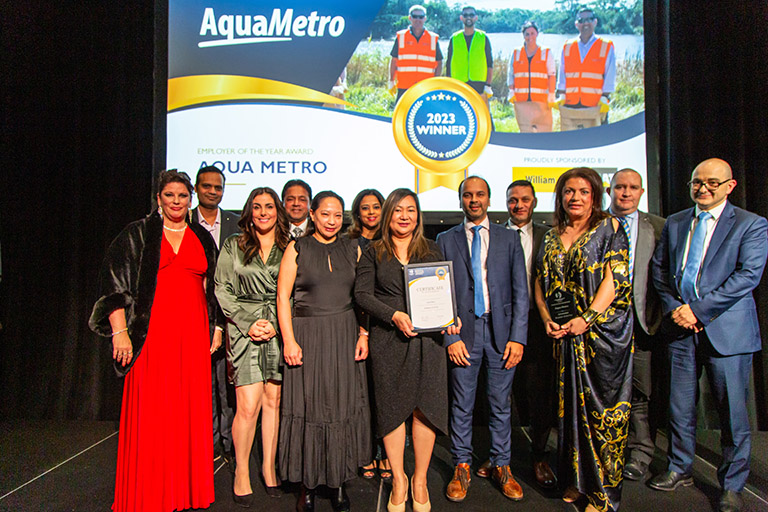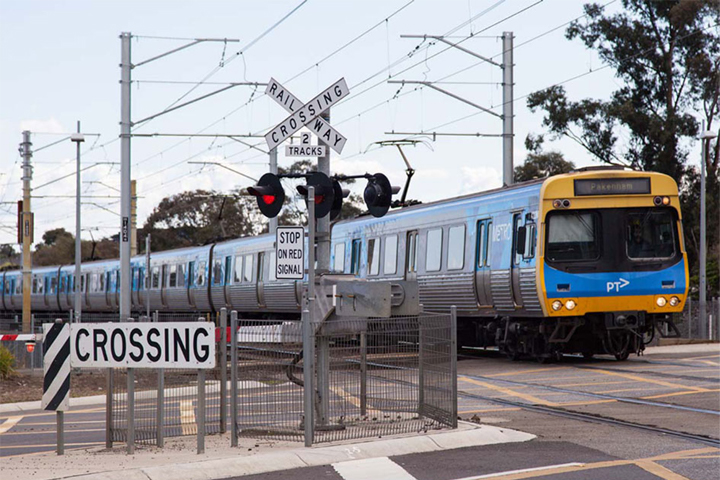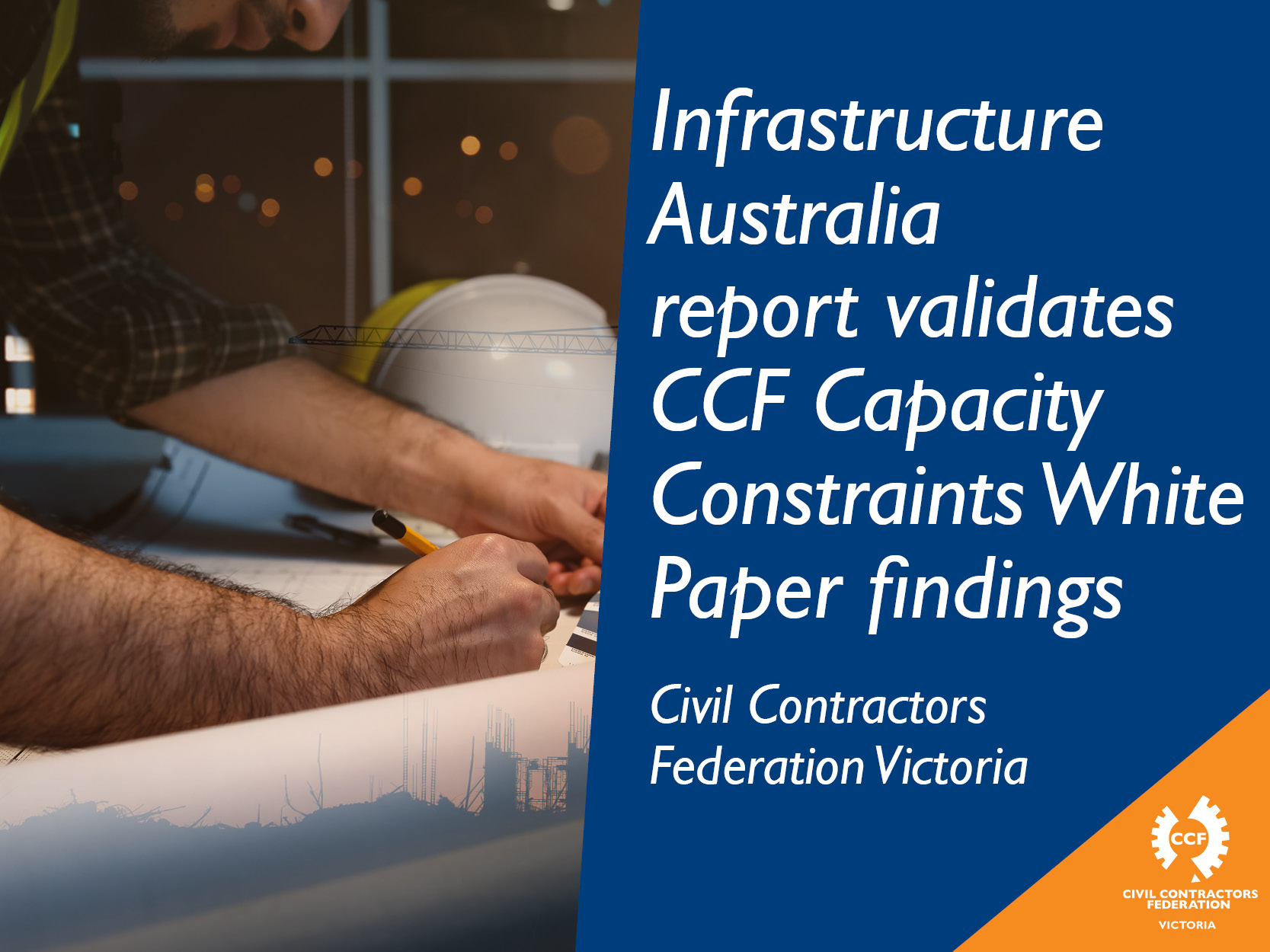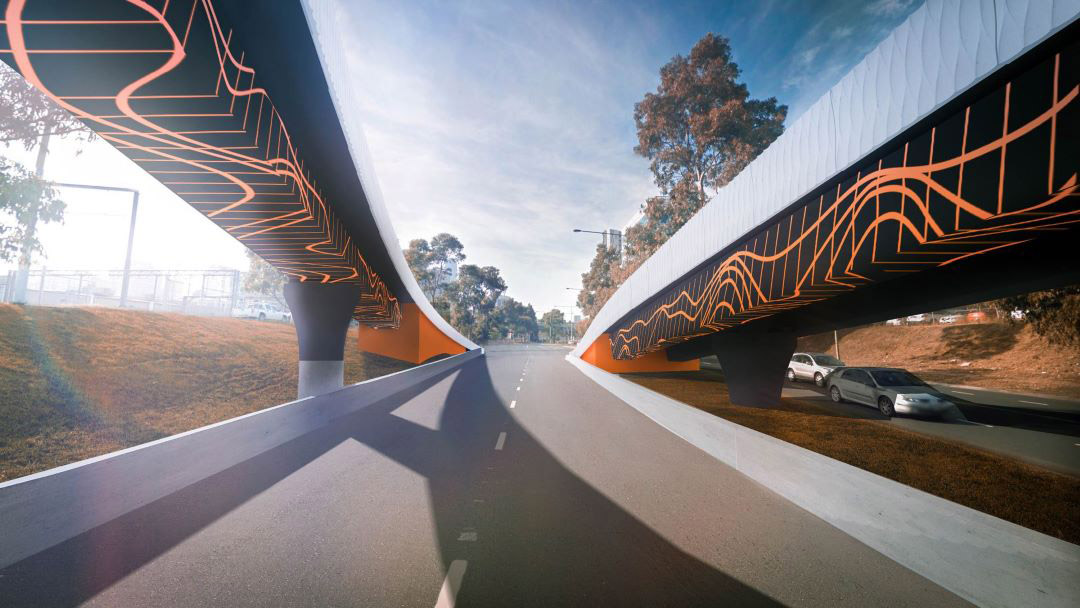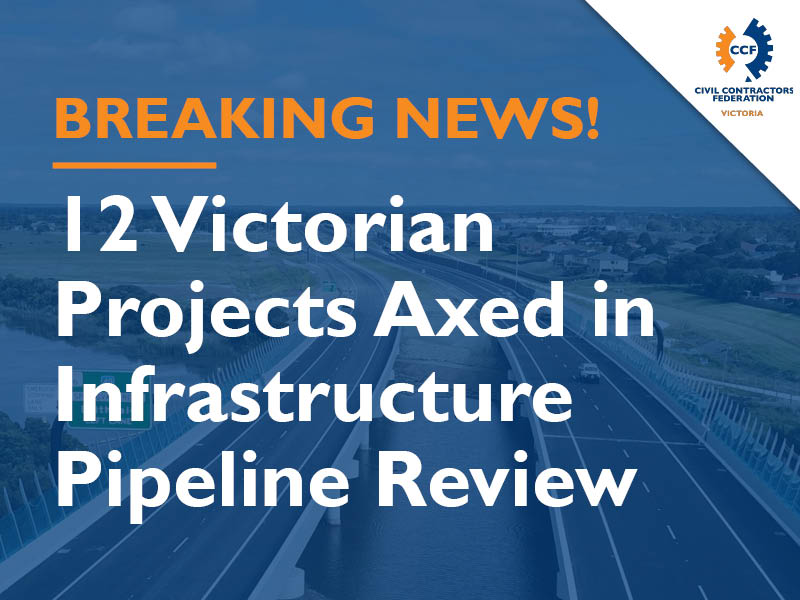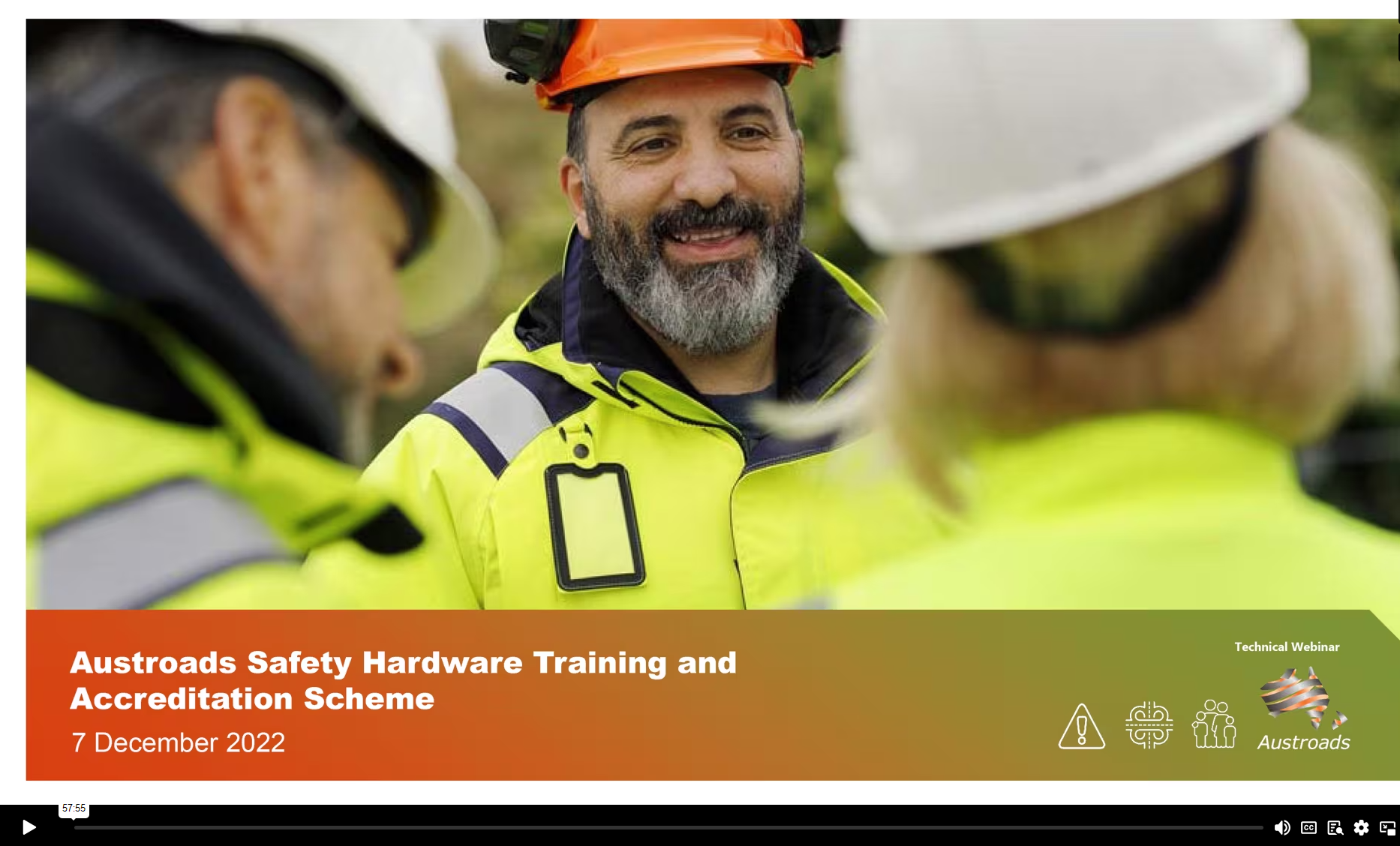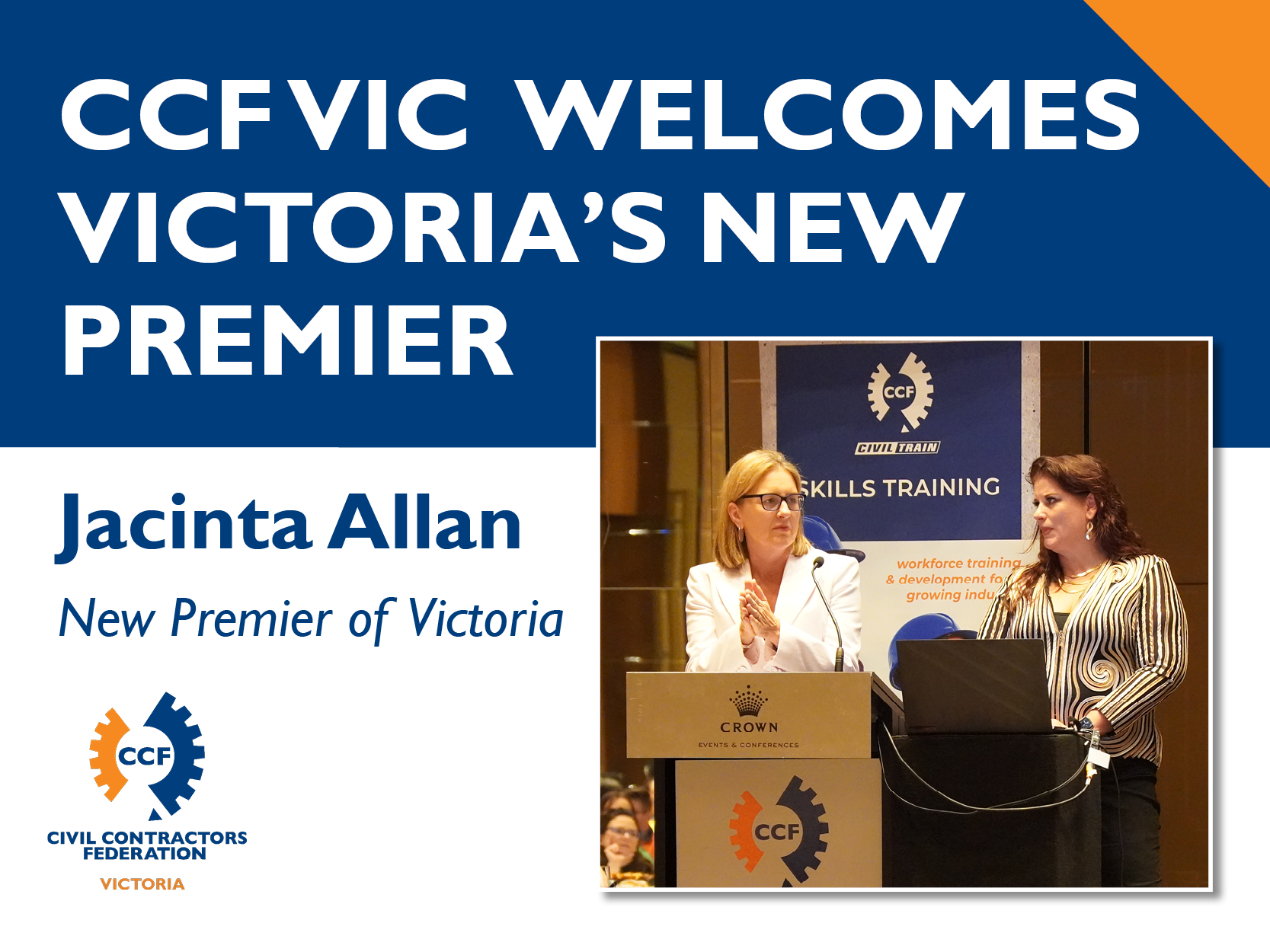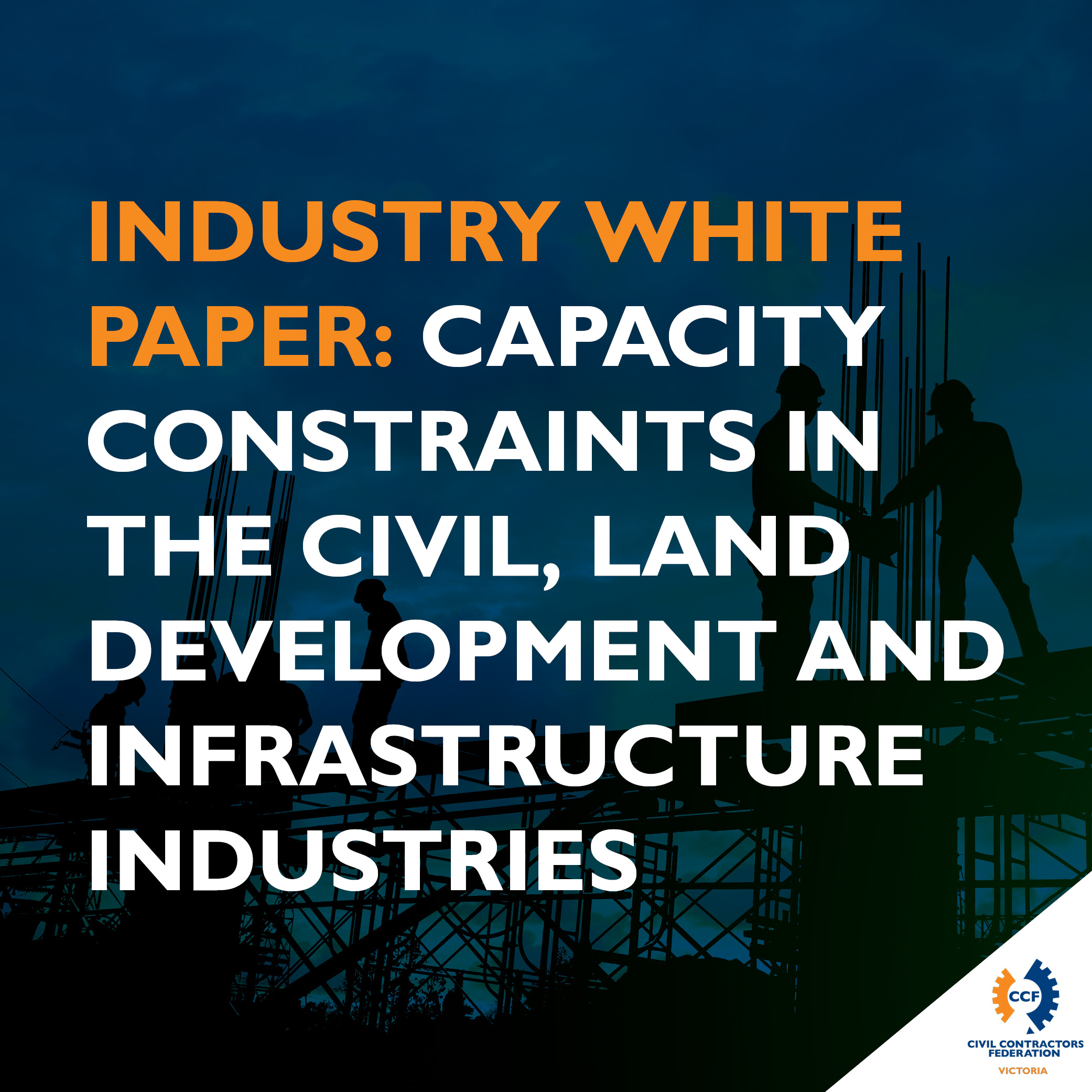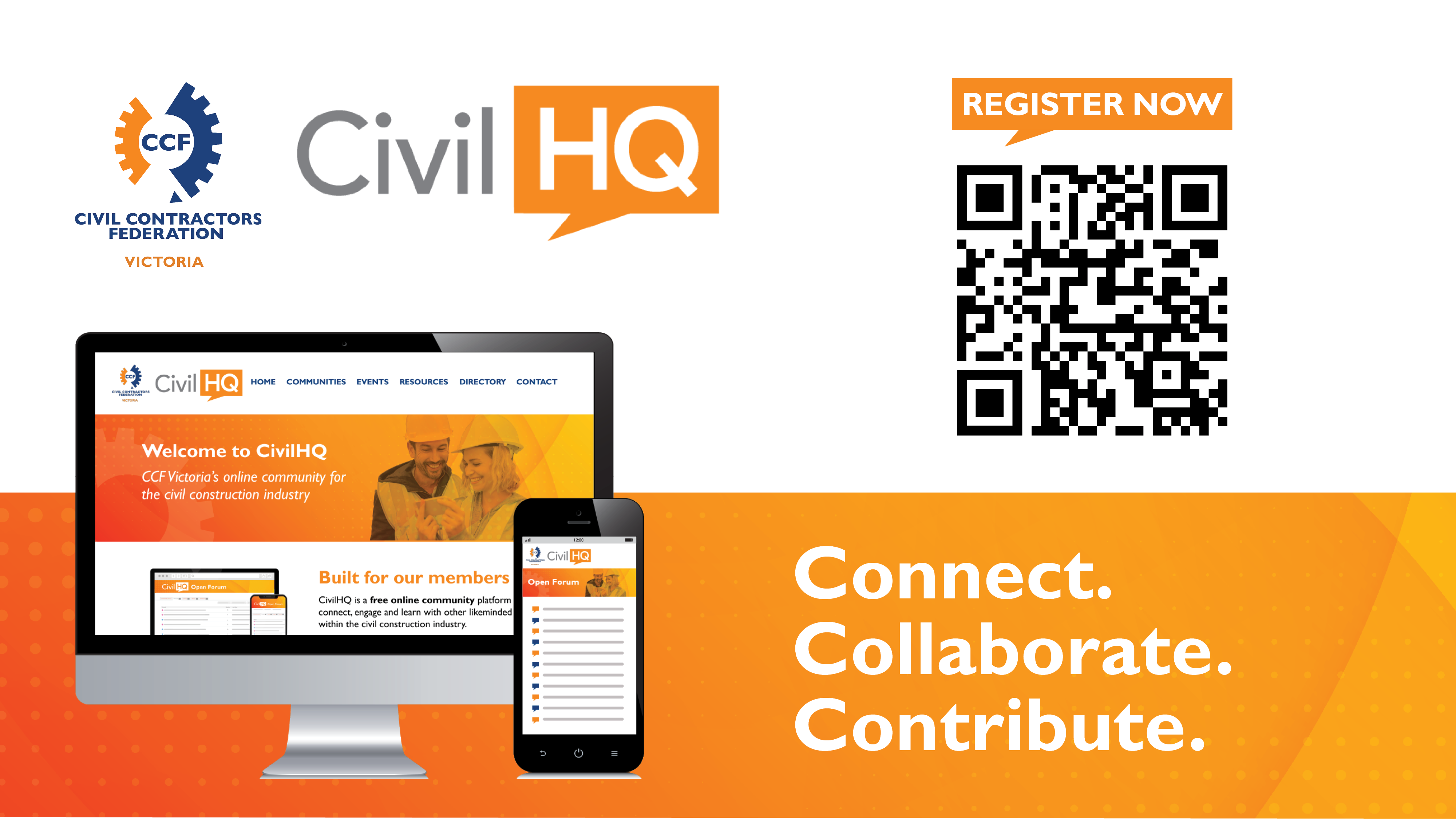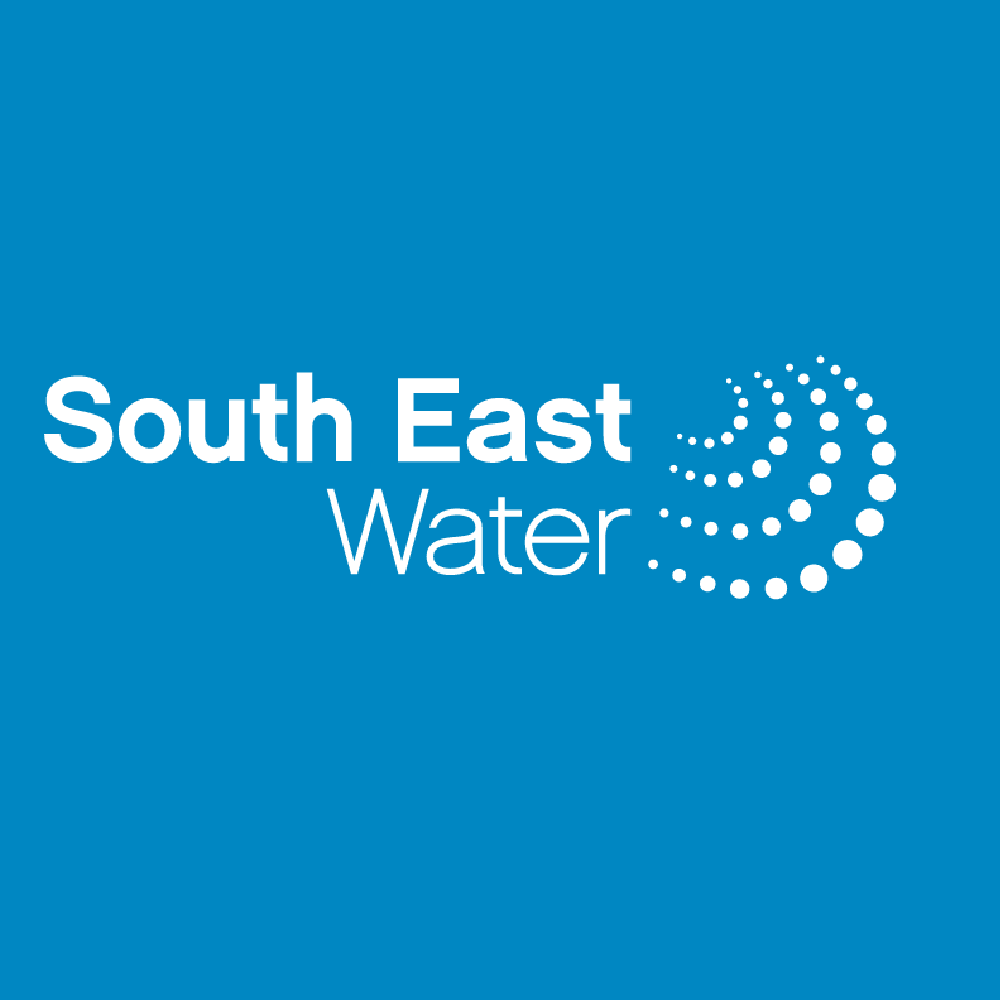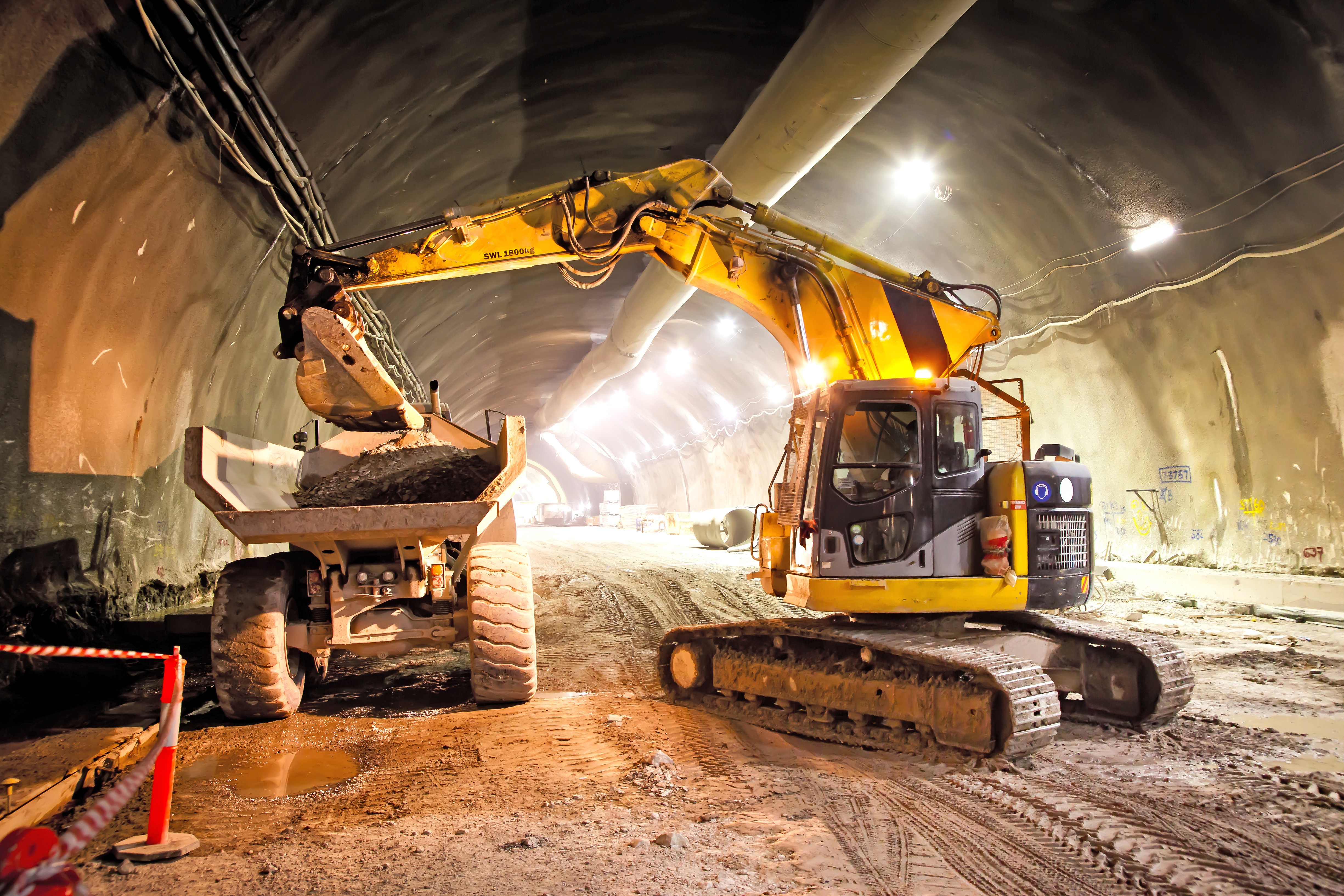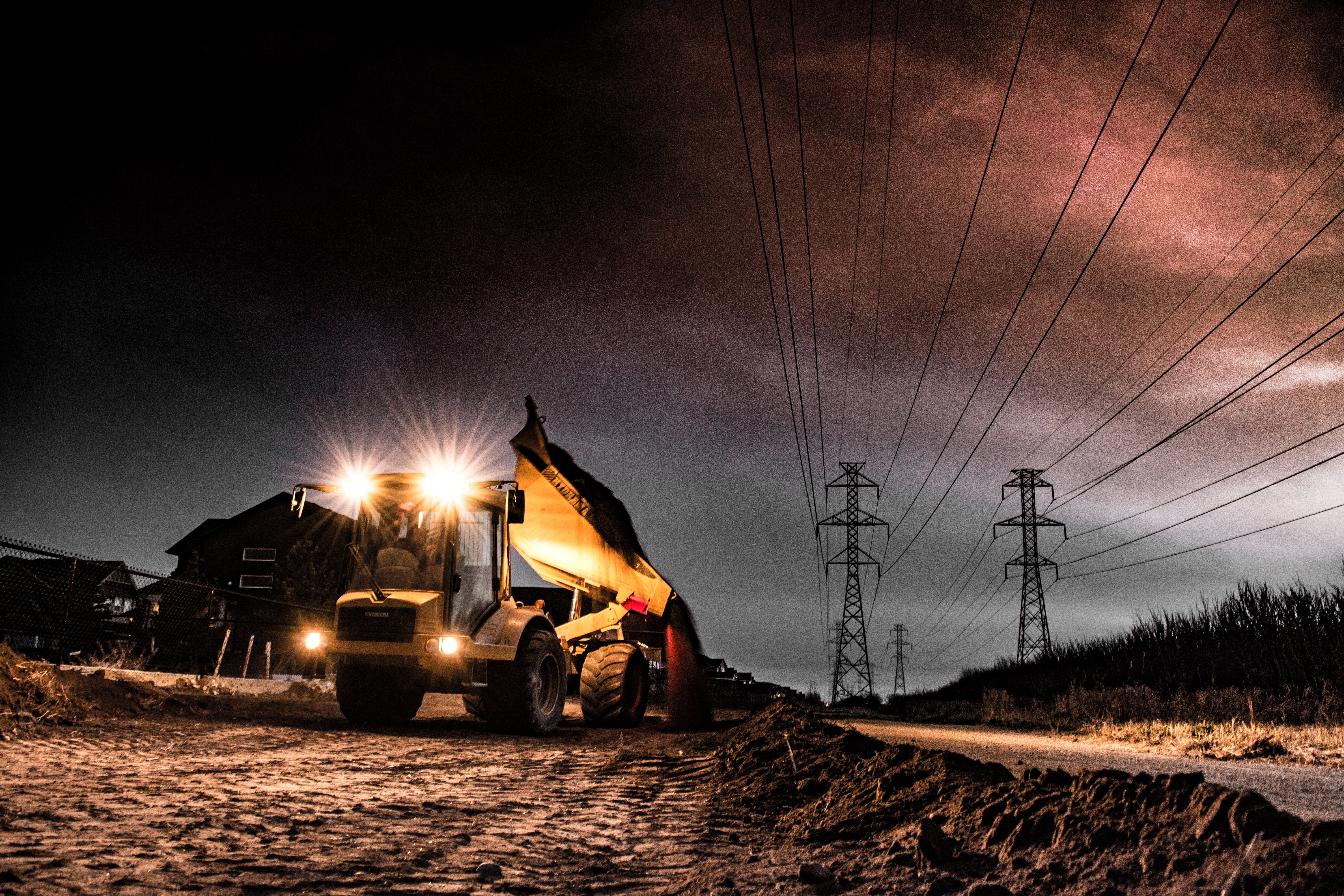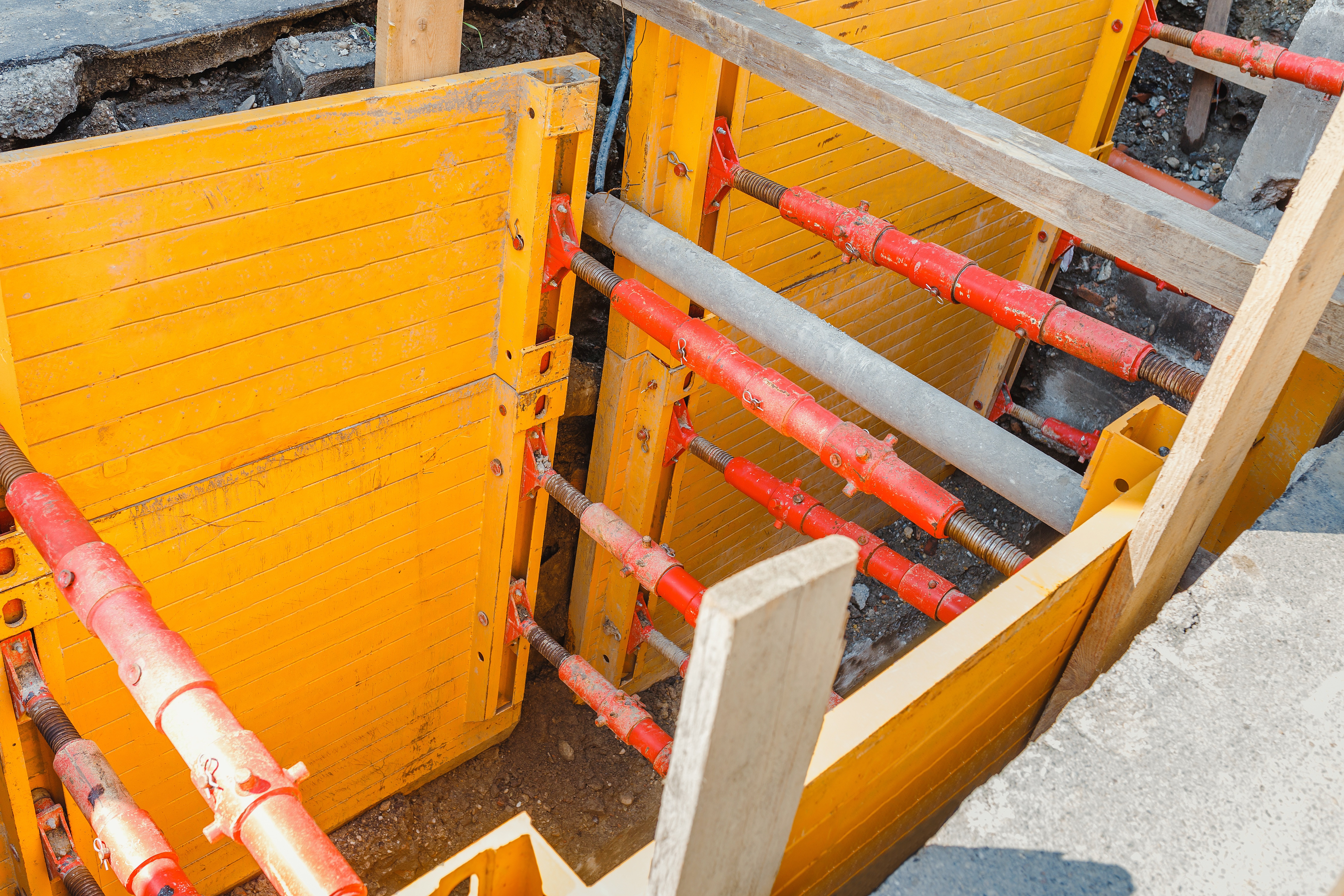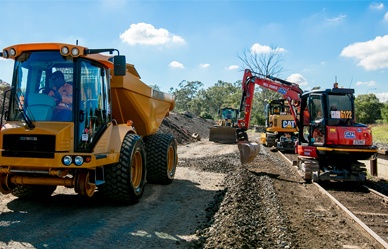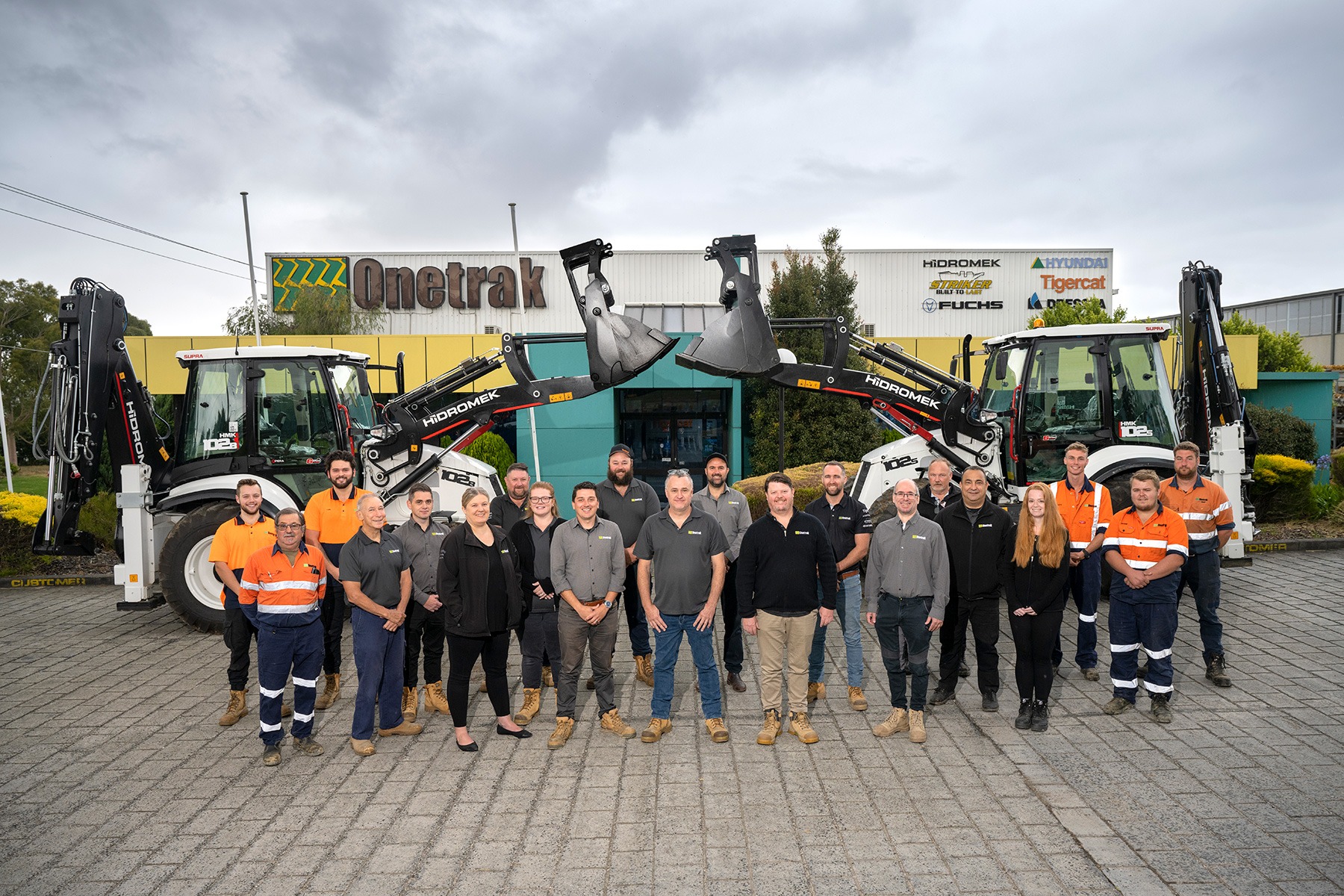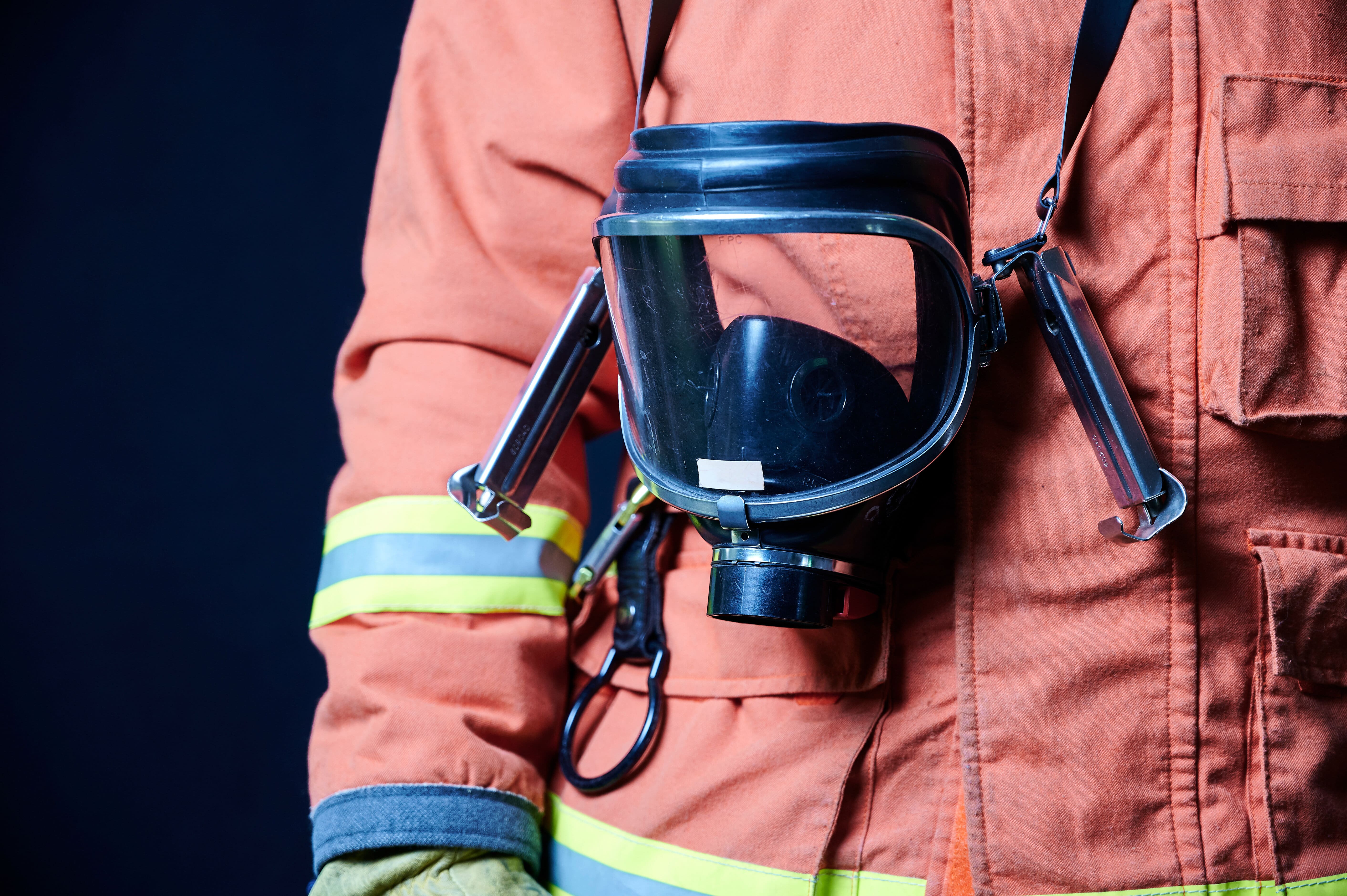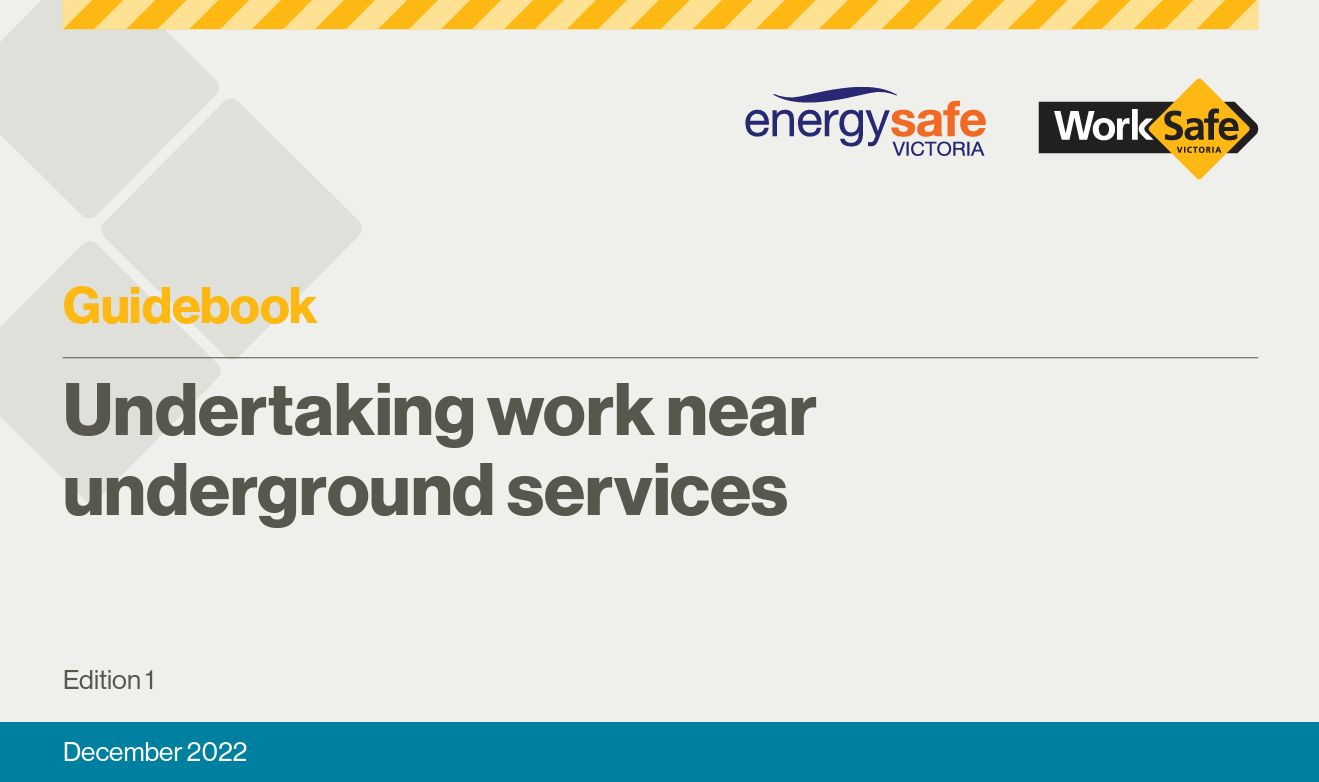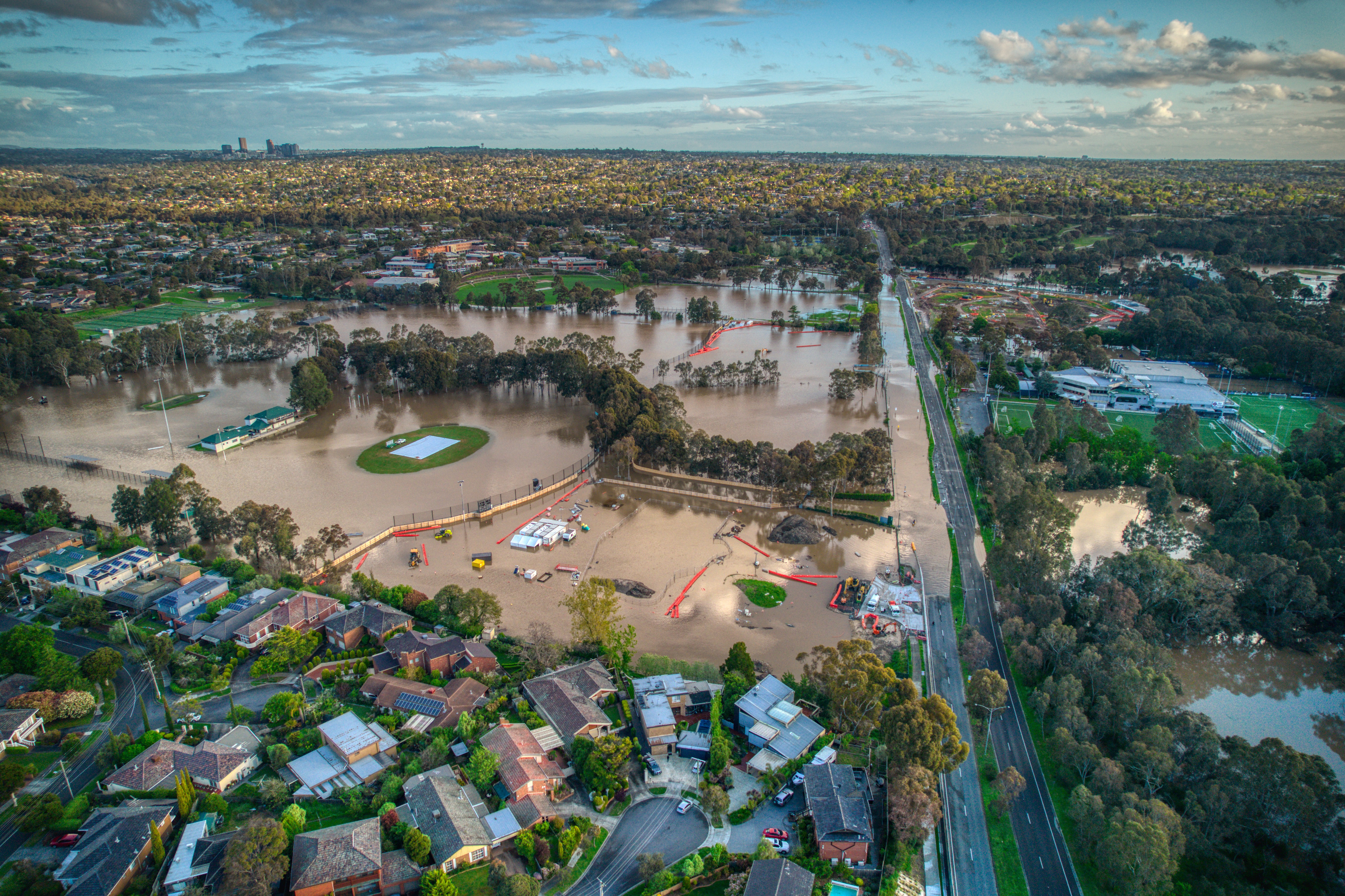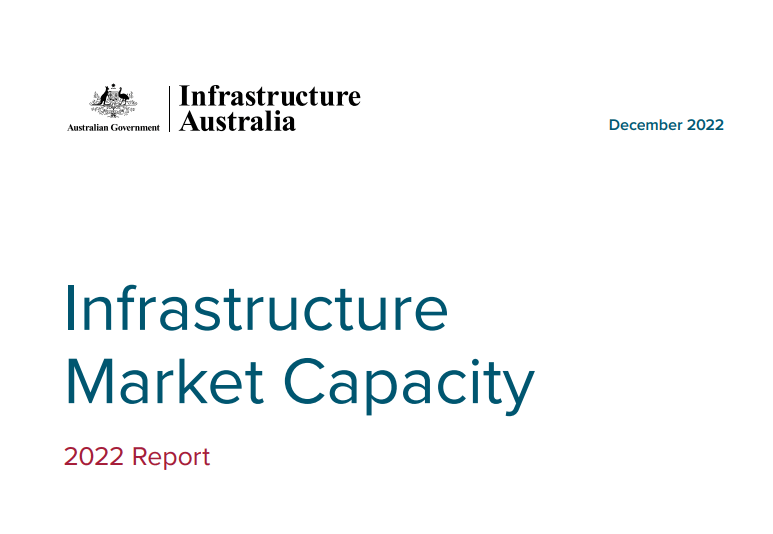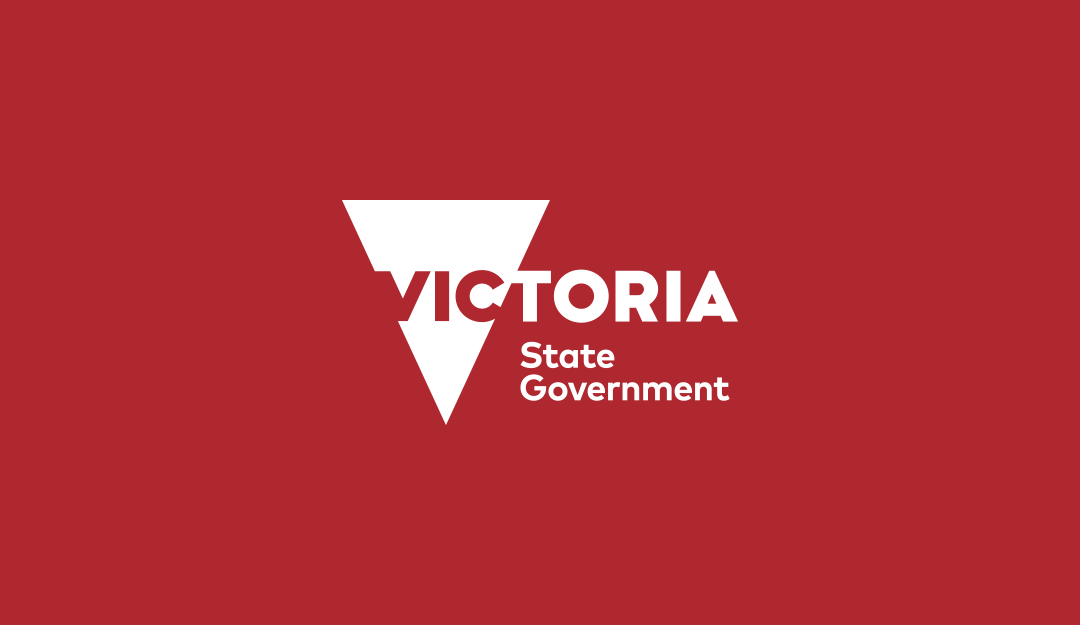WorkSafe has published two important Guidance Documents that are directly relevant to the Civil Construction Industry.
Undertaking work near underground services has been prepared jointly by WorkSafe and Energy Safe Victoria and is in response to a concerning rise in incidents of service strikes during excavation and other civil construction activities.
Guide to undertaking work near underground services | WorkSafe Victoria
It is expected that contractors use the Before You Dig Australia (previously dial before You dig) service to obtain records and plans of underground services. Although this identifies services that have been adequately recorded, there is always a chance of unrecorded or incorrectly located underground services.
This guidebook has been produced to provide practical guidance on the principles and requirements for safely undertaking work that involves penetrating or excavating the ground where underground services may exist.
It is intended for employers, employees and any other persons who have responsibilities managing hazards and risks associated with undertaking work near underground services. It can also be used by members of the public to ensure their own safety and the safety of others.
The guidebook details No Go Zones, which are areas surrounding underground services that WorkSafe Victoria and Energy Safe Victoria recommend be applied as best practice to ensure safe working distances.
The Guidebook also recommends the use of Spotters.
Spotter: a competent person or trained person who undertakes the task of observing and warning against unsafe approach to underground services. This spotter shall have successfully completed an endorsed training course and be registered with ESV.
Elevating Work Platforms
The Industry standard for elevated working Platforms is available at the dedicated Landing page for Elevated Work Platforms on the WorkSafe website.
The landing page has guidance materials, animations and videos that are available for use by contractors and could be valuable material for toolbox meetings.
The EWP industry standard is for operators of mobile elevating work platforms (EWPs) and persons, such as employers, who have responsibilities managing hazards and risks associated with the operation and use of EWPs.
The industry standard provides advice on the safe use and maintenance of mobile elevating work platforms, referred to as EWPs and also known as MEWPs. It includes the principles and requirements for using EWPs that are common across a broad range of industries and applications.
The standard covers topics:
- who has duties
- EWP selection and planning
- different types of EWPs
- training and competency for those using, observing or spotting an EWP
- safe use of harnesses and harness inspection
- planning and preparation for the collection and delivery of EWPs
- inspection and maintenance requirements and a pre-operational checklist
- hazards, including electrical, crushing, overturning, using near water, falling objects, collision and environmental hazards
- safe work practices when installing overhead pipe or duct work, large panels, where shade cloths/welding tents are attached; when painting, welding, grinding, shotcreting from an EWP platform; when travelling the EWP with platform raised, through restricted spaces or on inclines
- emergency procedures when using an EWP
- steps to follow if the EWP makes contact with overhead powerlines and post-incident actions that need to be taken
Recent changes to the standard are listed on the landing page.


